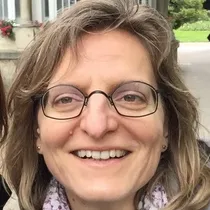The emerging tumor-on-chip (ToC) approaches allow to address biomedical questions out of reach with classical cell culture techniques: in biomimetic 3D hydrogels they partially reconstitute ex vivo the complexity of the tumor microenvironment and the cellular dynamics involving multiple cell types (cancer cells, immune cells, fibroblasts, etc.). However, a clear bottleneck is the extraction and interpretation of the rich biological information contained, sometime hidden, in the cell co-culture videos. In this work, we develop and apply novel video analysis algorithms to automatically measure the cytotoxic effects on human cancer cells (lung and breast) induced either by doxorubicin chemotherapy drug or by autologous tumor-infiltrating cytotoxic T lymphocytes (CTL). A live fluorescent dye (red) is used to selectively pre-stain the cancer cells before co-cultures and a live fluorescent reporter for caspase activity (green) is used to monitor apoptotic cell death. The here described open-source computational method, named STAMP (spatiotemporal apoptosis mapper), extracts the temporal kinetics and the spatial maps of cancer death, by localizing and tracking cancer cells in the red channel, and by counting the red to green transition signals, over 2–3 days. The robustness and versatility of the method is demonstrated by its application to different cell models and co-culture combinations. Noteworthy, this approach reveals the strong contribution of primary cancer-associated fibroblasts (CAFs) to breast cancer chemo-resistance, proving to be a powerful strategy to investigate intercellular cross-talks and drug resistance mechanisms. Moreover, we defined a new parameter, the ‘potential of death induction’, which is computed in time and in space to quantify the impact of dying cells on neighbor cells. We found that, contrary to natural death, cancer death induced by chemotherapy or by CTL is transmissible, in that it promotes the death of nearby cancer cells, suggesting the release of diffusible factors which amplify the initial cytotoxic stimulus.




